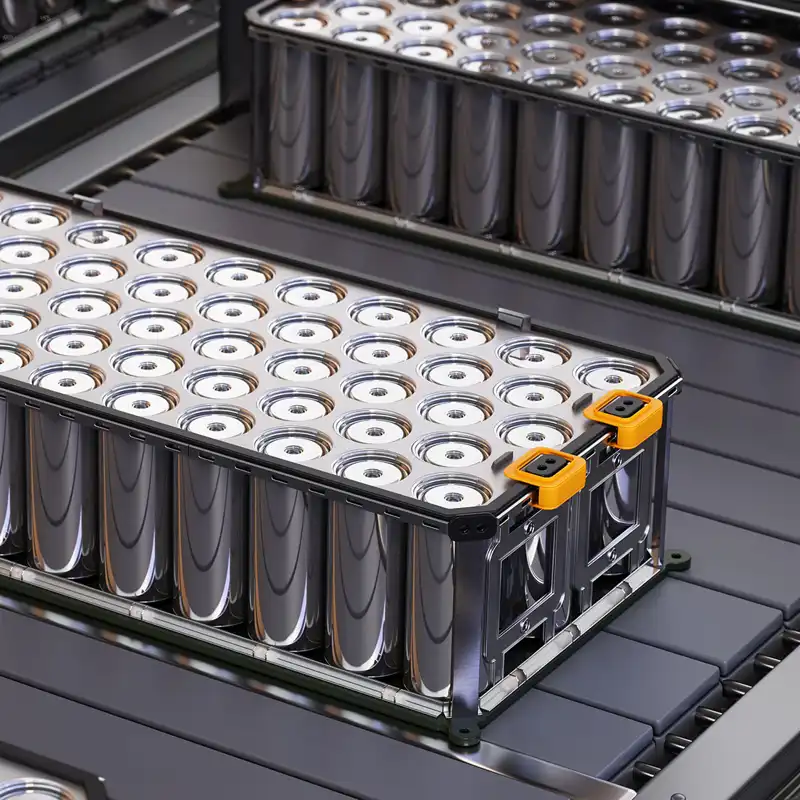
As EV battery production expands, prioritizing safety through design, training and regulatory adherence remains crucial.
EV Battery Manufacturing Safety: Top Five Insights and Best Practices
Electric vehicle (EV) battery manufacturing is a rapidly growing sector with unique safety challenges, from chemical handling to explosion risks and stringent regulatory compliance requirements.
To operate safely and maintain compliance, EV manufacturers must implement specific, proactive safety solutions. Here’s what you should know:
1. Common Risks in EV Battery Manufacturing
As demand for EV batteries grows, so do the inherent risks in their production, requiring a focus on safe practices.
Key risk factors include:
- Improper chemical handling, hazardous storage and contamination. These are the primary risk factors for EV production.
- Faulty wiring, short circuits and battery cell overheating. These exacerbate the potential for accidents, which can lead to fires or explosive chain reactions known as thermal runaway.
2. Best Practices for Prevention and Facility Design
Effective facility design and preventive measures are essential in managing safety in EV battery manufacturing environments.
Some critical design considerations include:
- Fire-resistant materials and enhanced ventilation systems to mitigate risks.
- Pre-planning, risk assessments and automation, which are essential for safeguarding workers.
- Including clean rooms and regular monitoring of temperature, humidity and air quality. Taking these steps helps to prevent contamination, especially during mixing and assembly stages.
3. Importance of Comprehensive Training Programs
A well-designed training program is fundamental for preparing employees to work safely with potentially hazardous materials and processes.
Things to consider:
- Effective training, tailored to employees' language and background, combined with regular audits and third-party assessments, is key.
- Understanding and analyzing training need is essential to ensure that safety programs meet the specific on-the-ground requirements of the workforce.
4. Emergency Preparedness and Regulatory Compliance
For EV battery manufacturers, an effective emergency response plan is critical in managing potential workplace hazards.
Steps to strengthen preparedness include:
- Creating emergency response plans and doing risk assessments and regular drills. These are critical for workplace safety.
- Compliance with OSHA’s updated Hazard Communication Standard. Being in compliance helps manufacturers disclose chemical hazards while also protecting proprietary information, such as ingredient formulations.
5. Building a Safety Culture Through Worker Engagement
Building a culture of safety requires active participation and commitment from all employees, creating a shared responsibility for maintaining a safe workplace.
Create a culture of safety by:
- Implementing and supporting worker engagement in risk assessments and safety committees.
- Actively involving employees in discussions that foster shared responsibility.
As EV battery production expands, prioritizing safety through design, training and regulatory adherence remains crucial.
We offer specialized guidance to help manufacturing clients improve safety measures and support their workforce. The Occupational Health and Safety Group (OHS Group) at NFP is committed to helping companies in high-risk sectors minimize workplace risks and operate with confidence.
Who We Help
The Occupational Health and Safety (OHS) Group serves employees from a wide range of industries with operationally specific guidance, helping them meet their key business health and safety, risk and organizational management objectives. Our consultants provide a specialized service and are dedicated to giving each customer, large or small, the same level of dependable, forward-thinking assistance.
